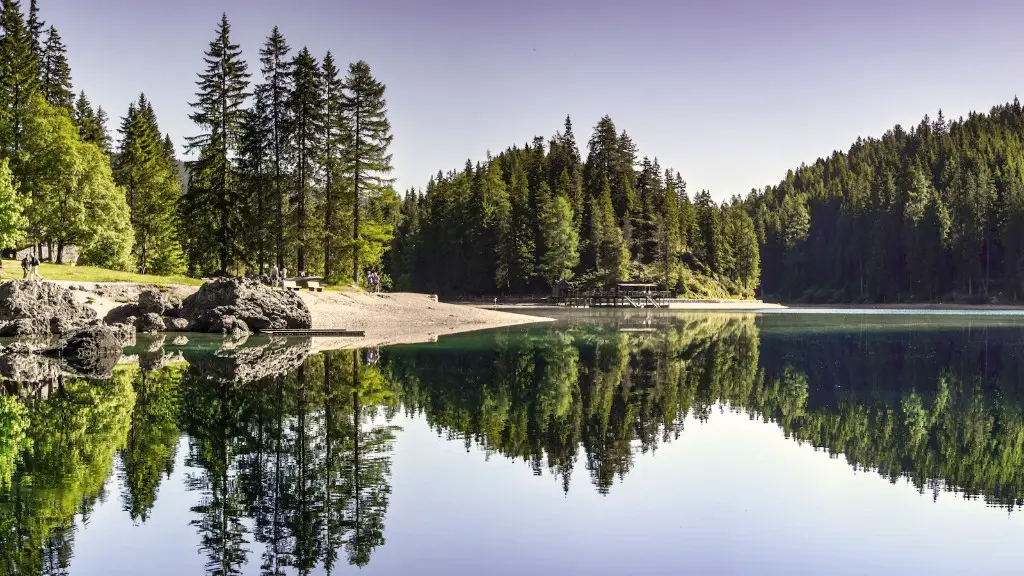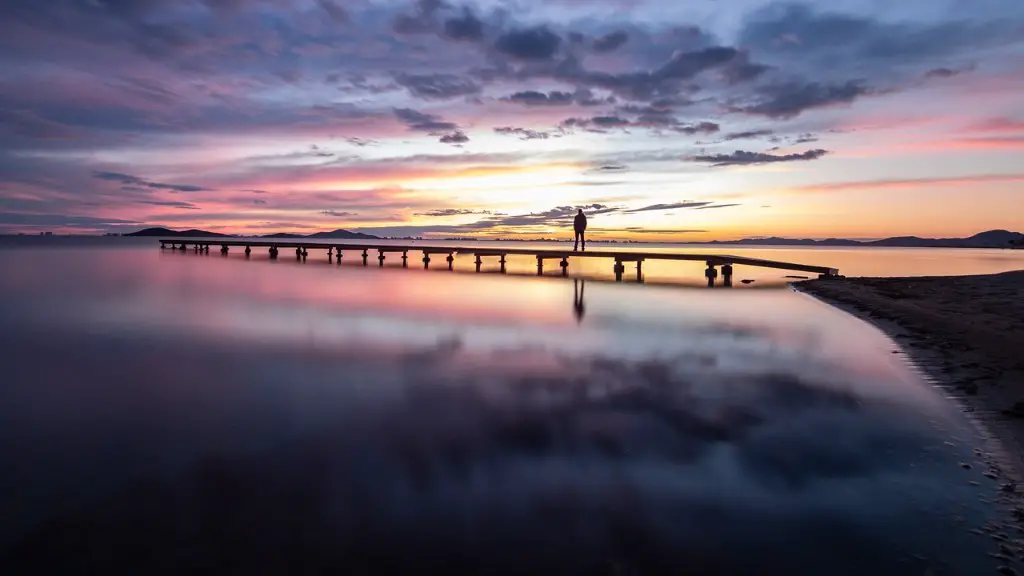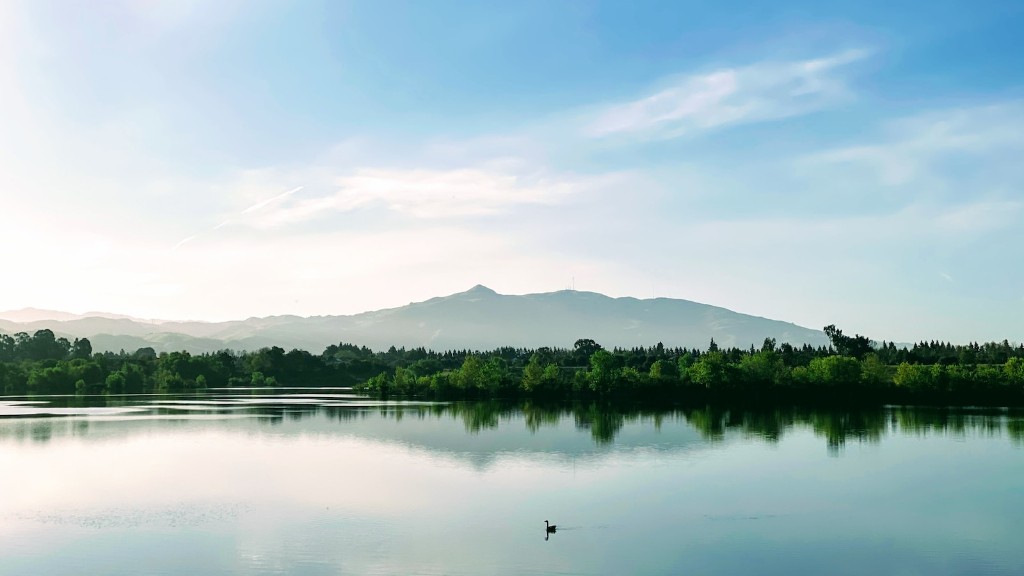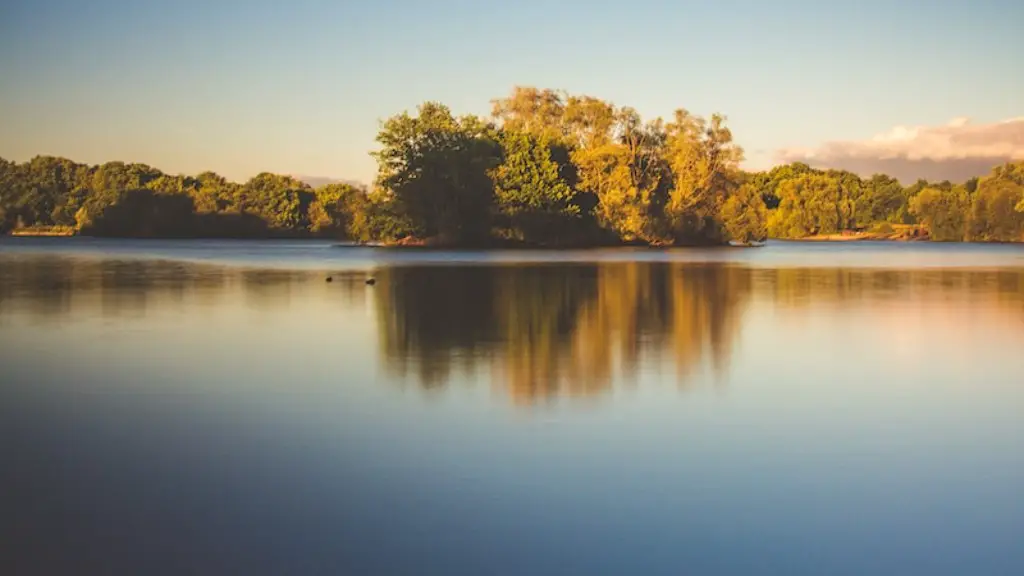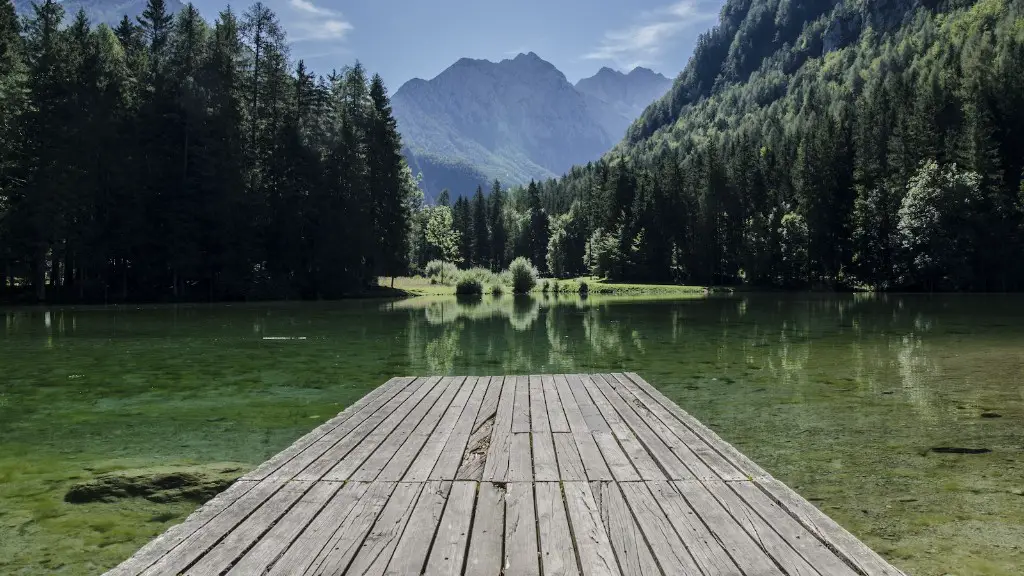The Origin of Lake Superior Rocks
Lake Superior, the largest of North America’s Great Lakes, is a beautiful natural wonder that is home to an amazing form of agate. Agates come from different locations around the globe, but none compare to the special Lake Superior specimens, a stunningly unique product of the many ancient glaciers that carved so many of the geographical features seen in the modern iteration of the lake.
These agates, formed from cooled lava and volcanic rocks over thousands of years, were deposited by the receding glaciers in the lake’s many bends and coves. In the process of its displacement, the rock’s texture becomes more fragile and often breaks along its crystal layers. This interesting process has been observed to produce the signature red, yellow, and orange colors of the agate.
The agate’s beautiful colors, patterns, and shapes can vary considerably, depending on factors like location, time of year, and water temperature. It also depends on the particular strain of agate, which can range from perfectly smooth spherical stones to large banded sheets to thin rods with distinct colors.
As the glaciers retreated, they left many of these Lake Superior agates behind, providing a vast and rich hunting-ground for gem and mineral enthusiasts. Lake Superior agates are a popular item for rockhounds and collectors. The collection and trading of these unique stones has a long history, with the first specimens becoming prized in the Lake Superior basin more than two centuries ago.
Where To Find Lake Superior Agates
To find the best specimens of Lake Superior agates, the best spots to visit are the various beaches, bays, and stony cliffs around the lake’s shoreline. Agates can be found from many beach sites, both public and private.
Local experts of this hobby often take trips along the beaches of Minnesota, Canada, Michigan, and Wisconsin in order to scout out the most promising sites. Beachcombers usually work with shovels and rakes to uncover the agates embedded in the sand and rocks.
Agates can also usually be found in areas that have previously experienced a high water level or current. Known “hot spots” are usually well-known among the rock-hounding community, with the most consistently good agate-producing sites being on the shorelines of Beaver Bay, Split Rock, and Grand Marais in Minnesota.
Agates can also be sought nearshore in rocky areas near river inlets. Due to the many glacier movements in the region, these areas are often rich with agates of various colors and shapes.
Tips for Collecting Lake Superior Agates
The most important tip to collecting Lake Superior agates is to bring along a few essentials, such as a shovel, rake, and buckets. A magnifying glass is also worth bringing along to examine small gemstones in greater detail. Additionally, a garden sieve and small net can be used to capture specimens more efficiently.
Agates are small and often difficult to detect, so it’s best to bring along protective gloves, sturdy boots, and plenty of sun protection. It’s always important to be wary of one’s surroundings when on a beach and to avoid opening one’s eyes after a wave has just broken.
Agates and other Lake Superior rocks come in different sizes, from pebbles to large rocks and boulders. However, the small stones are most commonly collected. So it’s best to come equipped with something small and light, such as a small scoop, to capture these treasures.
Common Questions About Collecting Lake Superior Agates
People collecting Lake Superior agates often have questions about the legality of their hobby. In reality, there are no restrictions on the collection of agates, though in some areas, there may be limits on removing large-sized rock and boulders. Of course, when removing large stones, proper safety protocols should be observed. Additionally, it is important to discard all of the garbage one finds on beaches and be mindful of properly disposing of all trash collected on a trip.
In addition, it is important to remember that beaches and rocky areas are not the only places to find Lake Superior agates. Other inland locations are known for producing many agates, such as road-cuts, mines, quarries, and construction sites. These sites can be a great source of information and specimens for people new to the hobby.
The sale of Lake Superior agates is another popular question among gem and mineral enthusiasts. It is possible to sell agates, provided that they are properly identified and certified by a recognized expert. Such certification is important, as some Lake Superior agates are especially rare and valuable.
Cleaning and Preparation of Lake Superior Agates
Once they have been found, the agates have to be cleaned and prepared in order to be enjoyed properly. Many collectors use a combination of tools, such as polishing machines and acid tumbling. This helps to remove excess dirt and remove the haze that results from the action of water over time on the stone. After this is done, the agates are ready to admire and appreciate.
In addition, some collectors prefer to leave the natural sheen of their agates untouched, as many of them look the most stunning in their untouched state. This is something to keep in mind when preparing agates for sale, as the unaltered stones often fetch the highest prices.
The behavior of agates in different materials often reveals more of the beauty of the stones and of Lake Superior in general. This phenomenon can be observed when rolling these stones in certain materials, such as sand or rubies. This is often done in order to obtain a better view of the internal structure of the agates.
Related Items To Collect
The search for Lake Superior agates is not limited to just agates. The beaches of the lake’s many shores often yield other kinds of gems and minerals as well. The lake and its mainland are home to many specimens, such as, amethyst, garnet, quartz, and diamond, as well as many fossils.
Rock and mineral enthusiasts, as well as aspiring geologists, will find many pieces of interest in the Lake Superior basin and its surrounding areas. Because of the variety and abundance of specimens, it is the perfect place to explore and add to one’s collection of mineral treasures.
Conclusion
Lake Superior is a natural gem located in North America and home to some of the most unique and beautiful agates in the world. Its ancient glaciers have left behind various specimens, which can then be found on its many beaches, bays, and stony cliffs. Collectors often take trips in search of these beautiful specimens, armed with the appropriate tools and knowledge. In addition to agates, the lake is also home to many other gems and minerals, as well as fossils.
